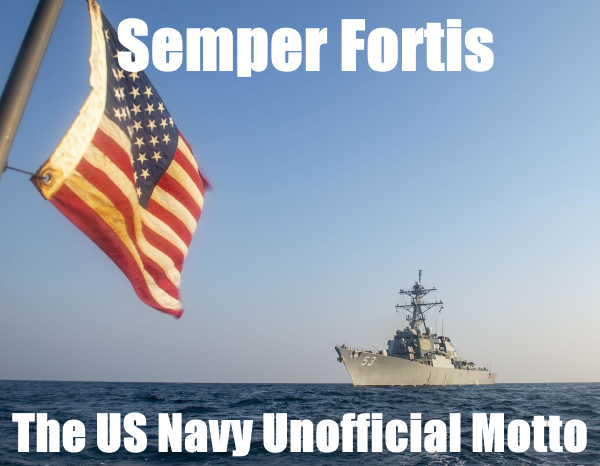The United States Navy is the strongest naval force in the world.
Its sailors protect the nation and its citizens.
Its motto and traditions directly represent its mission and the dedication its sailors have to the defense of our nation.
It has many traditions that many citizens do not know about, and its history has made it the premiere fighting force it is today.
In this article, we will talk about the meaning of one of their mottos, “Semper Fortis,” and 10 interesting things to know about the Navy.
By the end of the article, you will better understand the United States Navy, its history, and some of its traditions.
Related Article – 6 Military Mottos For Each Branch Explained
Table of Contents
#1. The US Navy Does Not Have A Official Motto
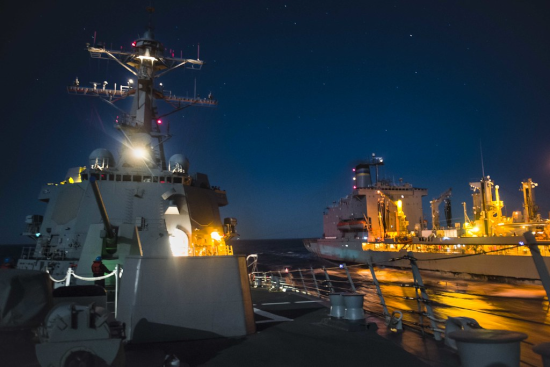
Unlike every other service, the United States Navy has no official motto.
It is unforeseen when they will decide on an official motto, but they have two unofficial mottos.
Many consider Semper Fortis as the main motto, which is Latin for “Always Courageous.”
Sailors show professionalism, resilience, and courage in defending their nation.
It is a statement to show the Navy will be ready when its nation needs it the most.
Another popular motto for the Navy is “Non sibi sed patriae,” Latin for “Not Self But Country.”
It reminds the men and women of the US Naval Forces of their oath to put the safety of others and their country before their own.
The Navy values selflessness, patriotism, and confronting obstacles.
Additionally, these mottos are timeless messages that are a beacon of hope, strength, and teamwork for all those who have worn the uniform.
#2. They Disbanded the Navy
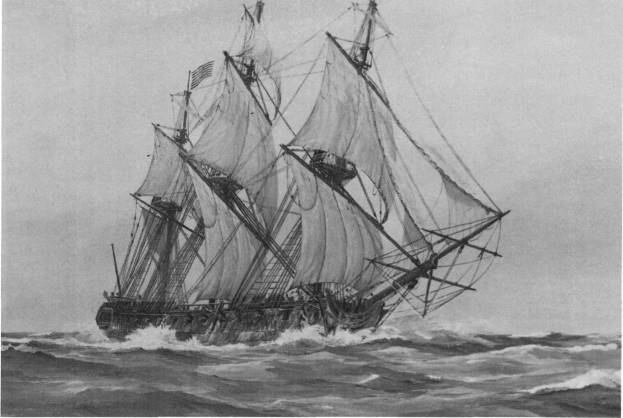
With the United States’ victory during the Revolutionary War, it disbanded the Continental Navy in 1785 due to the high cost of maintenance.
The United States did not have a Navy for about a decade until the Naval Act of 1794, when the United States Navy became a permanent part of the Armed Forces.
They were re-established mainly because of the attacks on merchant ships by pirates in Northern Africa.
With the Naval Act of 1794, Congress commissioned the creation of six warships.
Soon after its reactivation, it was critical to the success of the United States during the Second Barbary War, the Quasi-War, and the War of 1812.
Today, the United States Navy is the fourth-largest naval force in the world.
Even though it does not have the most vessels in the world, the U.S. Navy is the strongest, with advanced warships, aircraft, and sailors that can handle any mission set.
#3. The Mascot of The US Naval Academy

The official mascot of the US Naval Academy is Bill the Goat.
The origin of Bill the Goat comes from the practice of having livestock on ships to produce things like milk, eggs, and food.
It is said that the tradition of Bill the Goat started when a beloved pet goat died at sea, and the ship officers saved the skins for taxidermy.
While two officers were on their way to the taxidermist, they stopped at a football game, and one of them wore the skins over their uniform while running up and down the sidelines.
It was such a good show that in 1893, a live goat became the official mascot of the academy.
They have passed the tradition on to the current Bill the Goat Bill XXXVII.
Related Article – How To Get Into The US Naval Academy: 5 Steps To Getting In
#4. Disputed Birthplace
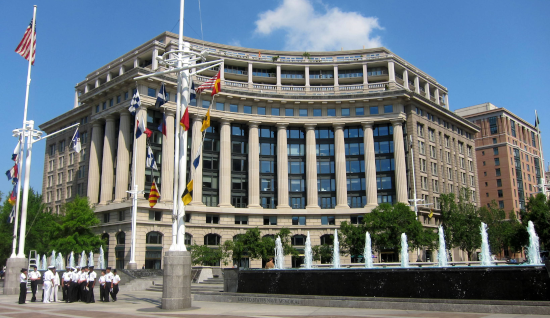
The official birthday of the Continental Navy is October 13, 1775.
However, several locations claim to be the birthplace of the United States Navy.
Since the Continental Navy was born on October 13, 1775, most recognize Philadelphia as the birthplace of the Navy.
However, other places claim to be the birthplace, such as Maine, Rhode Island, two locations in Massachusetts, and New York.
Machias, Maine, cites Captain Jerry O’Brien’s crew forcing the surrender of the Margaretta on June 12, 1775.
On August 4, 1775, a ship was sent to Bermuda by request from George Washington to capture British powder from Providence, Rhode Island.
Beverly and Marblehead, Massachusetts, also claim to be the birthplace because on September 2, 1775, George Washington commissioned a Marblehead ship, the Hannah, but the ship actually set sail from Beverly.
The New York State Legislature in 1960 declared Whitehall as the birthplace of the Navy because it was founded by British Army Captain Philip Skene and was later captured by Benedict Arnold during the Revolutionary War.
#5. Shellback Ceremony
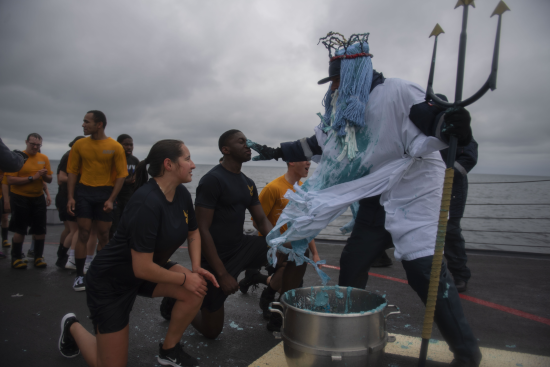
One of the more fun-loving and goofy naval traditions I have taken part in is the Shellback Ceremony, also known as the Line-Crossing Ceremony.
The tradition starts when crossing the equator for the first time, and it is to pay tribute to King Neptune, the god of the sea.
During my deployment, the ship’s executive officer dressed up as King Neptune and made his decree that we had to pay tribute to enter his court.
They separated the crew into two groups: the Pollywogs (people who have not completed the tradition before) and Shellbacks.
While they do not force the tradition on the crew, they highly encourage it.
Each ship has its own take on what takes place to become a Shellback, but I will talk about my experience.
Over a few hours, we did many random physical activities like duck walks and pushups while being drenched in seawater by the Shellbacks.
At one point, we were sprayed down with a large hose while singing.
It was all in good fun, and at the end of it all, you become a Shellback.
Many ships provide an elaborate certificate to prove you earned the right to be called a Shellback.
As a Shellback, you could be the one to “encourage” the Pollywogs on the next deployment.
Related Article – Navy SEAL Creed / Ethos
#6. Wet Downs
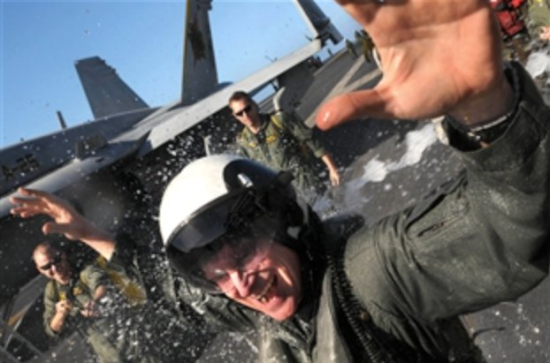
A newly promoted officer or non-commissioned officer can celebrate their promotion with a wetting-down ceremony.
They typically hold it in a bar or other venue where alcohol is served, and the newly promoted service member pays for it.
It is a tradition to spend the difference in pay to fund the event, which can lead to quite a tab.
The celebration is typically small, with close co-workers and friends, and consists of roasts, toasts, and general good cheer.
It is rooted in the tradition of wetting down a new rank insignia with seawater or alcohol to make it look like the newly promoted is salty in their new rank.
I have witnessed various wet-down traditions, like paying for a cookout or spilling drinks on the promotion warrant.
Whether it is a traditional or improvised wet down, it is a good time for service members to build comradery.
Related Article – Commissioned Officer Vs. Non-Commissioned Officer (NCO): 5 Major Differences
#7. Manning the Rails
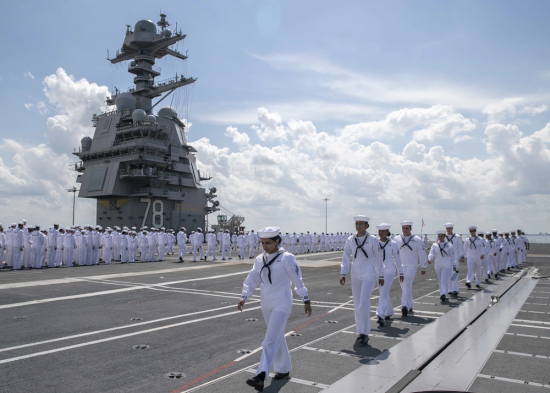
The practice of manning the rails is a Naval Tradition that was formally adopted by the U.S. Navy in 1824.
It is used for passing honors, much like a salute to the President of the United States, Members of a reigning royal family, or rulers of a foreign nation.
I took part in this tradition as a Marine while our ship entered a foreign port.
Military members wear their service uniform and create a border around the ship’s rails to pass honors.
It is also a tradition to man the rails when passing the USS Arizona in Hawaii to honor the memorial.
#8. Frocking
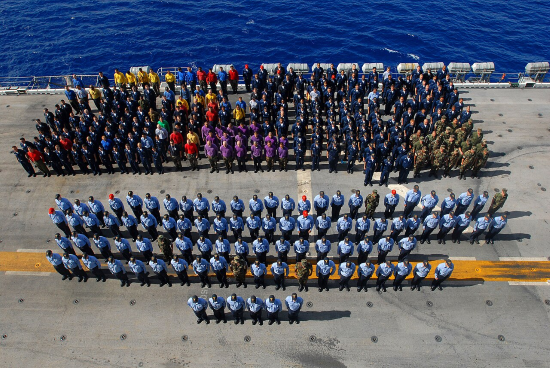
When a service member is selected for the next rank, they are typically assigned a number or date for promotion.
Sometimes, a person is selected for the next rank months before their promotion date.
This is where frocking comes into play.
Frocking is the practice of having a service member wear their selected rank before their promotion date.
However, their pay grade will stay the same until their official date.
This means they get to wear the rank without the pay for a period of time.
It allows a service member to hold positions of higher responsibility or billets not available with their current rank.
While frocking occurs in all military branches, it is more common in the United States Navy.
#9. Bread and Water

It may seem harsh, but until 2019, Sailors could receive three days of confinement and could only eat bread and water during their time in the ship’s brig.
It was one punishment sailors could face during non-judicial punishment at a captain’s mast.
I have seen it used once during one of my overseas deployments while aboard the USS Bataan.
It was not a common punishment, however, it is no longer used because there are other effective ways for correcting minor offenses, and the punishment was archaic.
#10. SEAL Team Six
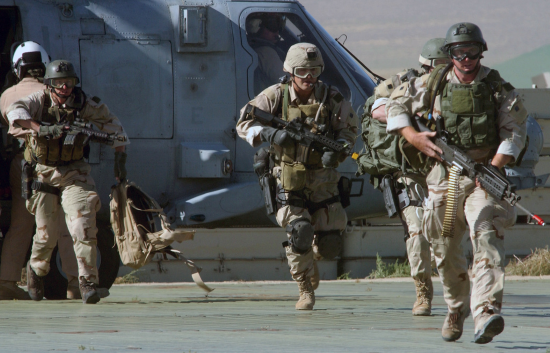
SEAL Team Six is one of the most well-known special force units in the United States Military.
It is a part of the Naval Special Warfare Development Group (aka DEVGRU) and consists of selected Navy SEALs for their superior performance and leadership.
It consists of four line squadrons (Red, Blue, Gold, and Silver) comprising about 50 operators each.
A fifth-line squadron, the Gray Squadron, specializes in maritime operations.
SEAL Team Six’s primary mission is counter-terrorism, close protection, and Special Reconnaissance.
One of the more well-known missions of SEAL Team Six was the raid on Osama bin Laden’s compound in 2011, leading to his death.
Related Article – DEVGRU: Selection, Training, Squadrons, And More
Conclusion
The United States Navy embodies the values of strength, resilience, and unwavering commitment.
Throughout history, it has played a critical role in protecting our nation’s global interests through selfless service.
Now that you know the Navy’s unofficial mottos and nine other interesting facts about its history and traditions, you are now armed with the knowledge of what makes the United States Navy great.
Featured Image Source – www.Flickr.com
- 10 Best Tactical Vests - June 24, 2024
- 7 Best Tactical Fanny Packs For Concealed Carry - June 20, 2024
- 10 Best Military Tactical Sunglasses - June 20, 2024

